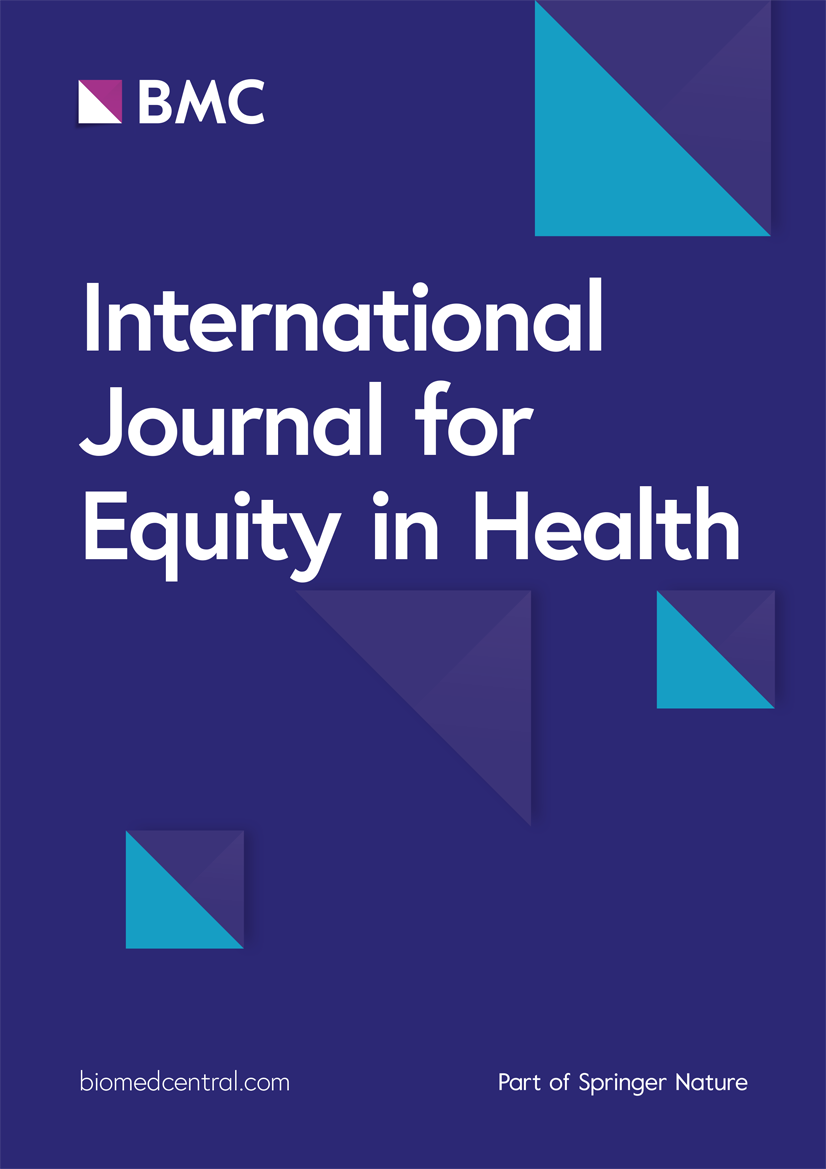If We Want a More Innovative Healthcare System, Look to Medicaid as a Model

For years, Medicaid carried a stigma: People regarded it as substandard healthcare for poor people that you would do well to avoid, while doctors saw a program that brings them too little reimbursement for patients with challenging health and socioeconomic complications.
But public perceptions of the federal-state healthcare program for low-income individuals, the disabled, children, and pregnant women has notably improved over time. With 79.3 million enrollees, when you include the Children’s Health Insurance Program (CHIP), Medicaid now covers about half of all children in the U.S. and more than 40% of all births.
The truth is that each of us is one life-altering diagnosis or event away from having Medicaid as our payer of last resort. And the good news is that Medicaid is probably the most innovative program in healthcare today. Its flexibility, adaptability, and focus on whole-person care have made it a leader in addressing the complex needs of vulnerable populations, and it offers useful examples of how to embrace true risk-based, value-based reimbursement.
A state-driven approach
Medicaid’s innovation stems from its unique structure. While the federal government sets broad guidelines, states maintain significant flexibility to design and implement their programs. This has led to a diverse array of Medicaid models across the country. For example, 40 states have expanded Medicaid eligibility under the Affordable Care Act, and 41 states, plus Washington D.C., contract with risk-based managed care organizations (MCOs) to coordinate care for beneficiaries.
This state-driven approach has allowed Medicaid to evolve beyond traditional fee-for-service models, which often focus on inefficient and ineffective episodic care, toward more comprehensive, value-based whole-person care. States have the freedom to experiment with innovative programs, leading to better health outcomes and cost savings.
Risk-based managed care
Managed care has its critics. However, by moving to this model, states have increased accountability for coordinating access to care and demonstrating value for money.
In this model, states pay MCOs a fixed per-member, per-month fee to cover all healthcare services for beneficiaries. MCOs are incentivized to improve health outcomes and reduce costs, as they bear the financial risk.
A good example of a successful Medicaid managed care program is the Illinois Medicaid HealthCare Transformation Collaboratives (HTC) which encourages providers to partner together to share strategies around access and quality. In 2023, the Medicaid MCOs worked to support the HTC program’s vision of expanded access to care and social determinants of health resources for populations in need.
HTCs work with MCOs to identify community needs and create intervention strategies. One participating MCO implementing these strategies experienced a 5% reduction in emergency room visits and a 6% reduction in inpatient admits per 1,000 members between FY 2022 and FY 2023.
In response, CMS approved the project as an Advanced Alternative Payment Model through 2025, giving providers more flexibility and the chance to earn bonus payments from Medicare’s Quality Payment Program.
Section 1115 waivers
Another way Medicaid enables innovation is through the use of Section 1115 waivers, which allows states to test new approaches to deliver care that are aligned with the program’s goals. California’s ambitious CalAIM initiative is a well-known example, enlisting community nonprofits to provide services that go well beyond traditional healthcare, such as home-modification renovations and help securing stable housing.
States can use 1115 waivers to address social determinants of health (SDOH) and improve system-wide care for vulnerable populations.
In New York, the Delivery System Reform Incentive Payment (DSRIP) program sought to reduce avoidable hospitalizations by focusing on community-based care and addressing SDOH. It created a network of regional coalitions of health and social care providers that were each free to design their own plans for transformation. According to a 2021 report by the state’s independent evaluator, the program led to a 20% reduction in preventable hospitalizations and a 15% decrease in ED visits among Medicaid beneficiaries, with statewide performance outcomes that maintained or improved for 13 of 18 measures (the remaining measures had high baseline levels, the report explained, with small declines that left relatively high performance). These results highlight the potential of waivers to drive meaningful change in healthcare delivery.
Medicaid’s impact beyond health
Research consistently shows that Medicaid has a profound impact on health measures including hypertension, diabetes, heart disease, obesity, improved vaccination rates, and preventive care for children. Studies also tie Medicaid access to improved educational and economic outcomes for beneficiaries and states. Furthermore, Medicaid access has been shown to improve credit scores and reduce the likelihood of having medical debt, bankruptcy, and home evictions.
Whole-person care
Over time, Medicaid has evolved its focus from episodic care to a model that considers whole-person care, distinguishing it from other payers. The program recognizes that addressing physical health alone is insufficient; social determinants of health, such as housing, nutrition, and transportation, play a critical role in overall well-being. Medicaid’s flexibility allows states to cover a wide range of services, including home and community-based services (HCBS), which are often excluded from Medicare and commercial insurance plans.
For example, Ohio’s Medicaid program implemented Healthy Beginnings at Home, a pilot program that provides housing assistance to pregnant women and new mothers at risk of infant mortality. Early results showed that participants experienced fewer preterm births, lower Medicaid spending and improved housing stability compared to non-participants.
Conclusion
Medicaid’s ability to innovate and adapt to the needs of its beneficiaries makes it a model for the broader healthcare system. From risk-based managed care to Section 1115 waivers, Medicaid has shown that it is possible to deliver high-quality, cost-effective care to even the most vulnerable populations. As the healthcare industry continues to grapple with the challenges of value-based care, Medicaid offers valuable lessons in how to achieve better outcomes through innovation and flexibility.
Photo: Feodora Chiosea, Getty Images

As the Senior Vice President of AvaneerSellers Dorsey’s National Medicaid Consulting Practice, Gary Jessee specializes in crafting and executing innovative solutions for a diverse clientele, including state aging and Medicaid agencies, managed care organizations (MCOs), private equity firms, child and family well-being agencies, and solution partners. Gary brings over 25 years of unmatched expertise in the Medicaid landscape with his background as a State Unit on Aging Director, State Medicaid Director and Deputy Executive Commissioner over all medical and social services. A recognized thought leader, he frequently speaks at national conferences on cutting-edge healthcare trends and best practices.
This post appears through the MedCity Influencers program. Anyone can publish their perspective on business and innovation in healthcare on MedCity News through MedCity Influencers. Click here to find out how.
link






